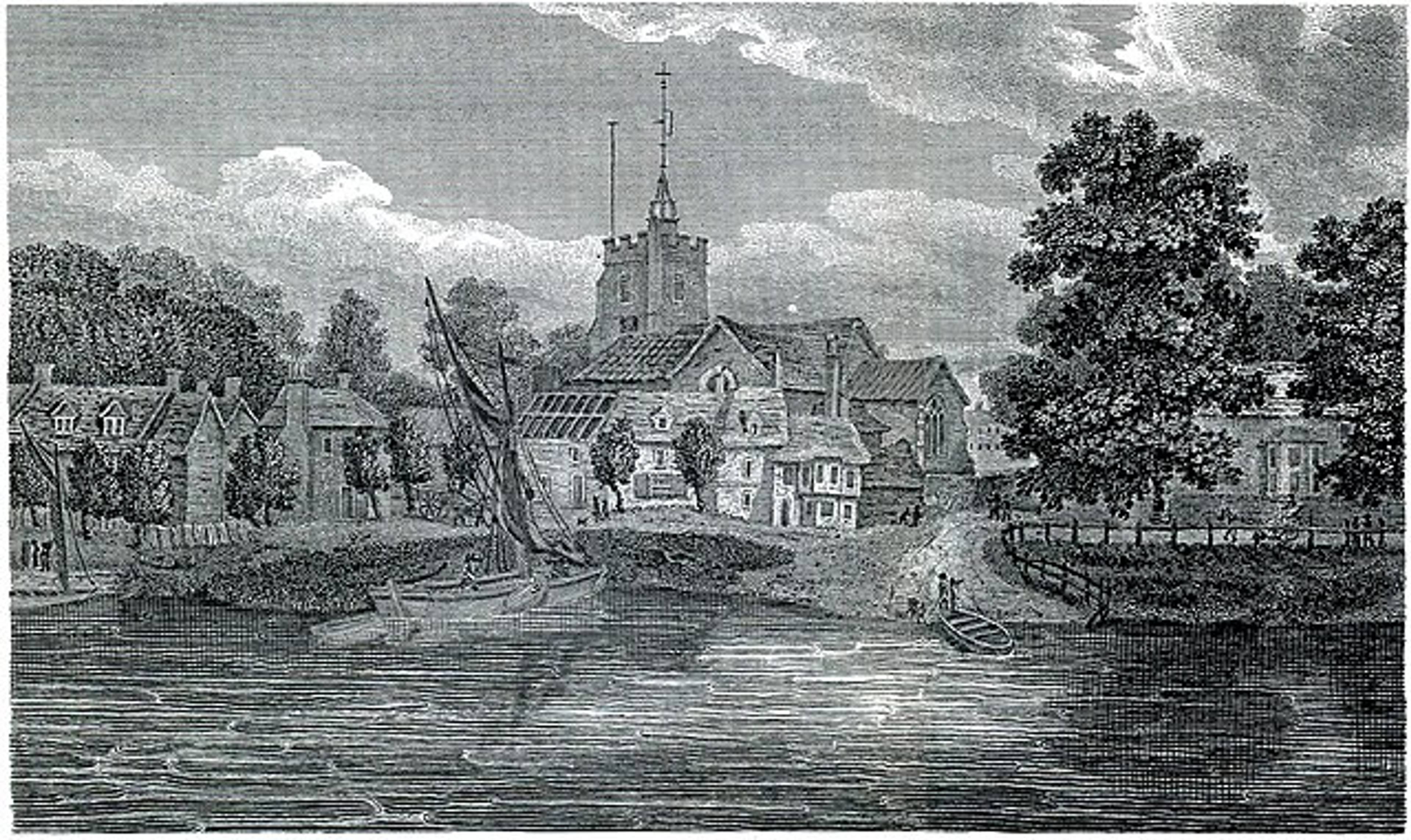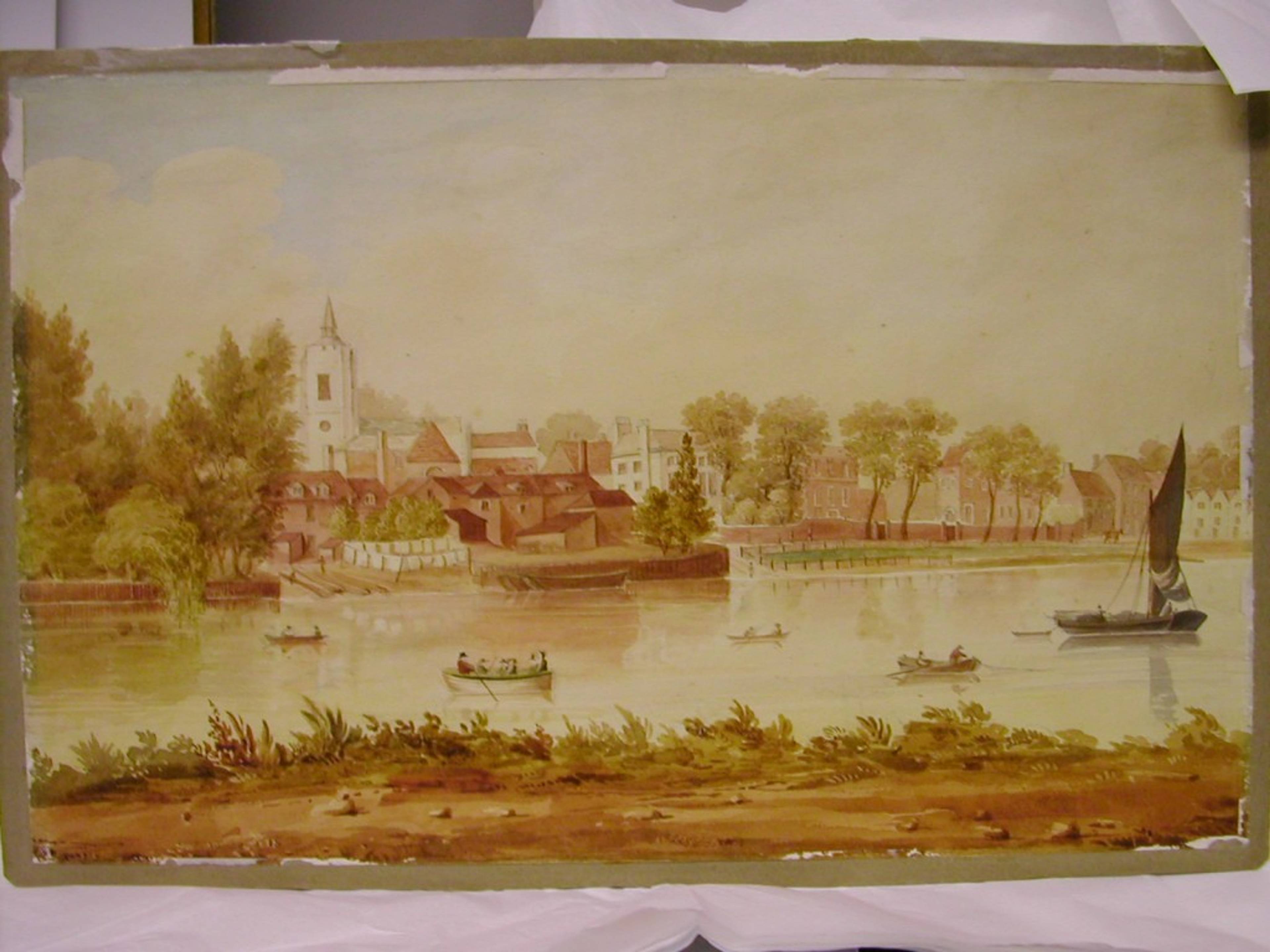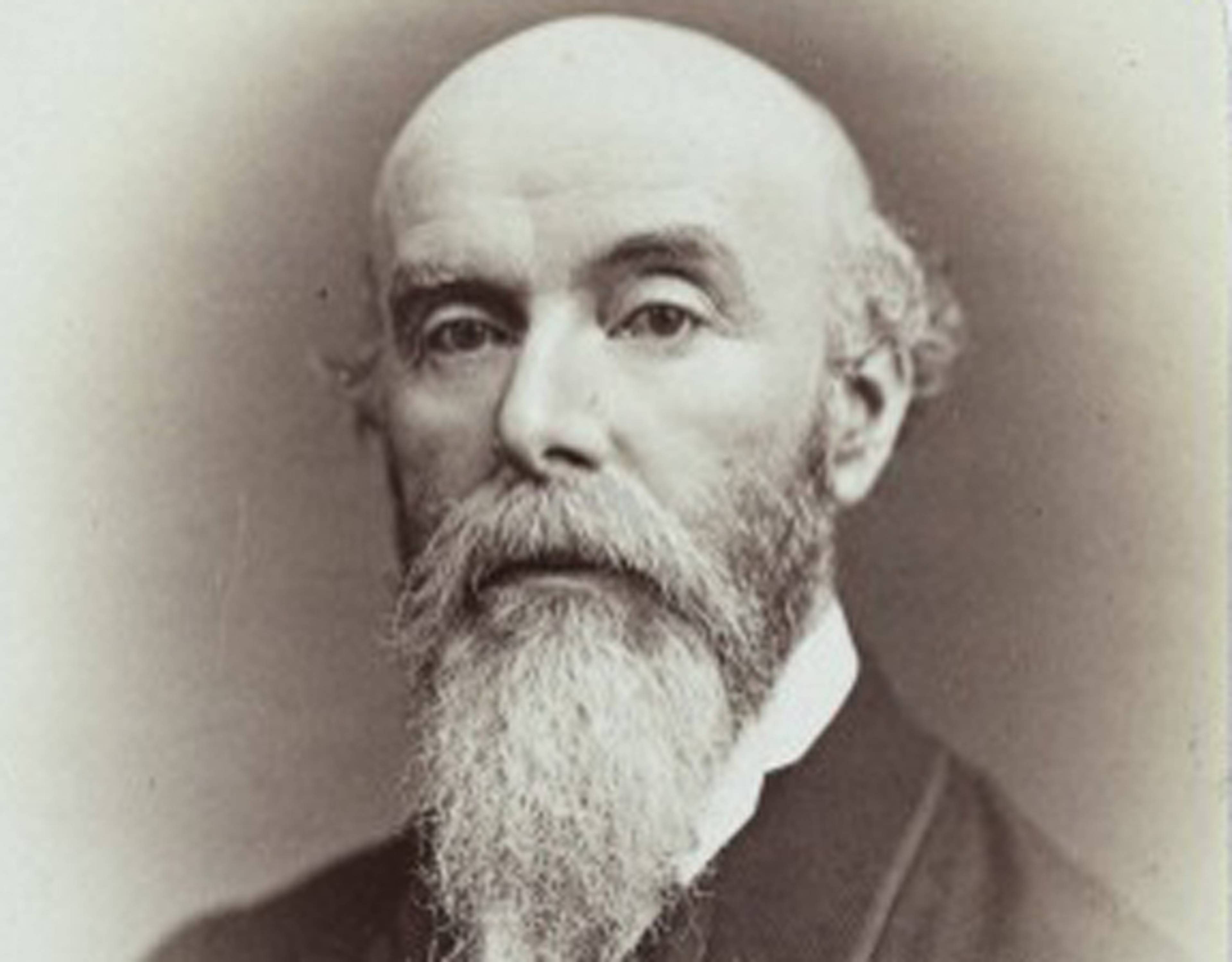Chiswick is one of the most desirable neighbourhoods in west London, known for its historic homes, green open space and riverside charm. In this guide, we uncover the history of Chiswick, showing how it grew from a fishing village into a thriving and culturally rich part of the London Borough of Hounslow. W
With HOLD set to open a brand new storage facility in the area, we’re celebrating the local heritage that continues to shape Chiswick today.
Key takeaways
Chiswick was first recorded around 1000 AD as Ceswican, meaning “cheese farm”.
The Thames supported Chiswick’s early fishing village economy through trade, transport, and boat building.
Chiswick House, built in the 18th century, later served as a private asylum under Dr. Thomas Harrington Tuke in the 19th century.
Victorian industry and the development of Bedford Park, England’s first garden suburb, helped shape Chiswick’s leafy, suburban character.
Chiswick endured bombing in WWII, including the first V‑2 rocket strike on London, and was transformed by postwar infrastructure such as the A4 and Hogarth Roundabout.
Chiswick is one of the most desirable neighbourhoods in west London, known for its historic homes, green open space and riverside charm. In this guide, we uncover the history of Chiswick, showing how it grew from a fishing village into a thriving and culturally rich part of the London Borough of Hounslow.
Early beginnings: The Riverside Village
Long before Greater London existed, Chiswick was a small riverside settlement rooted in agriculture and local industry.
The name Chiswick first appeared around 1000 AD as Ceswican, a Saxon word meaning “cheese farm”, echoed in local old photographs of farmland and references to local soap production near Church Street.
This points to an early dairy and soap-making economy, centred on farming, production and trade, supported by fertile land.
The River Thames on the north bank was the lifeblood of the village, shaping development toward the south west of Middlesex through trade and access. It provided transport, fishing opportunities, and access to markets in Central London.
Before bridges existed, ferry crossings connected communities along the Thames. Strand on the Green likely began as a medieval fishing settlement before evolving into a riverside trade centre. The village’s strategic location made it a crossing point, and royalists retreated through Chiswick during times of political unrest.

At the heart of early Chiswick was St Nicholas Church, designed by an ecclesiastical architect and rebuilt several times by different owners and clergy.
Established by 1181, it served as a spiritual and social centre. This earlier house of worship still stands near Church Street. Many early Chiswick residents were buried in its churchyard, and the present building shows layers of Chiswick’s past.
The original village, Old Chiswick, extended along Church Street, Mawson Lane, Hogarth Lane, Chiswick Lane and Chiswick Mall. These narrow lanes ran parallel to the river, with modest cottages, inns along Barley Mow Passage, and working boathouses in Slut’s Hole.

Timber-framed and thatched roofs were common. Life centred on Thames-based trade, small dairy farms, and crafts like those of the Chiswick Soap Company, a notable feature of local enterprise.
Chiswick Eyot, the narrow isle opposite Chiswick Mall, was used by farmers and as grazing land. It remains part of the Gardens Trust conservation area and features in early historic maps. Now a nature reserve, it is a quiet open space that recalls earlier times.
Medieval and Tudor Chiswick
The medieval parish expanded to include Turnham Green, Strand on the Green, Little Sutton, and estates influenced by grand aristocratic houses elsewhere in England, such as Chatsworth House.
These areas, once under Middlesex governance, drew clergy, landowners, and professionals who built estates along the river.
The location remained attractive to scholars, clergy and courtiers. The riverside setting attracted royal family retreats and inspired those who followed the Grand Tour tradition.
One notable Tudor estate was Corney House on Burlington Lane, which hosted aristocratic families and was reportedly visited by Queen Elizabeth I in her youth.
Though now lost, it formed part of a cluster of grand homes near the Thames. The influence of ecclesiastical architects and manor owners shaped subsequent building styles.
Buildings from this period show Tudor features: half-timbered façades, steep roofs and brick chimneys. Some remain preserved in current conservation areas.
The community began to diversify, with landowners, farmers, local soap-makers, river workers and working families living side by side. The layout stayed compact, and history enthusiast groups, including the Gardens Trust, document their collective story.
Georgian and Victorian expansion
The Georgian era saw the building of Chiswick House and gardens by Lord Burlington (the Duke of Devonshire) on Burlington Lane, around 1729.
William Kent laid out gardens that later became part of the Gardens Trust heritage efforts. The house hosted prominent figures, including Charles James Fox and mapped the roots of Chiswick town’s reputation.

In the Victorian period, parts of Chiswick House were repurposed as a private asylum. It once consisted of two wings dedicated to patient care and was operated by Dr. Thomas Harrington Tuke, one of the most respected asylum owners of his time and a prominent figure in 19th-century mental healthcare.
The site became known as Chiswick House Asylum. Although unrelated to the better-known Tuke brothers of the York Retreat, Dr. Tuke’s establishment was respected for its humane approach to treatment, including early work related to psychiatric care.
The asylum operated from the mid-19th century until the early 20th century, after which the estate was gradually restored. Today, Chiswick House and its gardens are managed by English Heritage and remain a centrepiece of the area’s architectural and cultural heritage.
The Victorian period introduced industrial projects: Fuller’s brewery and Thornycroft shipyard. Bedford Park was developed as England’s first garden suburb with red-brick homes, an art school and leafy streets connecting to areas near Chiswick High Road.

Early house designs along Linden Gardens and nearby Mawson Lane attracted artists and professionals, where the poet lived in his teens from 1716-1719, Alexander Pope, before rising to literary fame. Rail and tram services, alongside road and rail developments (including the construction of the Great Chertsey Road, A316, in the 1930s), helped integrate Chiswick into the expanding commuter belt.
Public amenities grew, like schools, libraries, hospitals, and the Chiswick Empire theatre, a major cultural venue in its time. Historic photographs and local archives preserve images of artistic and civic life from this era.
20th Century transformation: Becoming part of the London Borough
The twentieth century brought war and renewal to Chiswick. During World War II, Staveley Road was struck by London’s first V‑2 rocket in September 1944, creating a crater and tragic loss.
Post-war redevelopment introduced major infrastructure changes, including the A4 arterial route and the Hogarth Roundabout.
These reshaped the northern corridors of Chiswick and improved access to central London well into the next century.

While earlier 20th-century planning was managed under the Middlesex County Council, this ended in 1965 with the creation of Greater London, when Chiswick became part of the newly formed London Borough of Hounslow.
Subsequent urban development and green space conservation have been guided by local borough planning within the Greater London framework.
Chiswick House returned to public ownership, with restoration overseen by English Heritage and the Gardens Trust. Its historic contents, including original furnishings, decorative features, and garden elements, were catalogued and preserved. Today, the estate is open to the public.
Contemporary Chiswick, situated to the north west of the Thames, includes neighbourhoods such as Bedford Park, Grove Park and Linden Gardens.
It boasts listed buildings, riverside terraces, independent shops and pubs. The Chiswick Timeline mural, community festivals and heritage tours celebrate the area's rich past and its significance in British history. Hogarth’s House is open to the public and stands as a tribute to the famed 18th-century artist.
Chiswick remains culturally active with events, markets and green spaces. Parks like Dukes Meadows, Gunnersbury Triangle and Strand on the Green preserve their open character. The area continues to blend historical charm with modern life.
Conclusion
The history of Chiswick is shaped by quiet continuity. Rather than dramatic events, its character has evolved through centuries of riverside life, architectural refinement and cultural reinvention. From Saxon farmland to a modern neighbourhood, this transformation has been steady and rooted in place.
Traces of the past remain in every corner. You can see them in the historic buildings, landscaped gardens, and the lasting rhythms of daily life. Whether you are exploring Chiswick House, visiting Hogarth’s home or walking along the Thames, the history of Chiswick is always present, not frozen in time, but actively lived.
Store smarter in West London with HOLD

Whether you're relocating to Chiswick, downsizing, or redecorating your home, HOLD Self Storage provides secure, 24-hour access units with flexible terms tailored to your needs. From furniture and seasonal items to business stock and archive boxes, we make it easy to store what matters.
Our Chiswick facility is opening soon. Until then, our fully equipped North London site is ready to serve all your storage needs.
Frequently asked questions
When was Chiswick first established?
Chiswick was first recorded around 1000 AD as Ceswican, meaning “cheese farm”. It developed as a riverside community centred on farming, river trade, and local crafts.
What role did the Thames play in Chiswick’s early economy?
The Thames was central to Chiswick’s early life, supporting fishing, boat-building, and ferry crossings. It also connected the village to London markets and provided a natural setting that attracted aristocratic estates.
Can HOLD Self Storage help during a move to Chiswick?
Yes. HOLD offers flexible storage options for moving, including 24-hour access units and a moving house checklist for soon-to-be Chiswick residents.
Which historic landmarks can I visit in Chiswick?
Key sites include Chiswick House and Gardens (which briefly operated as a private asylum in the 19th century), St Nicholas Church, Hogarth’s House, Bedford Park, and the riverside lanes of Strand on the Green and Chiswick Mall.

